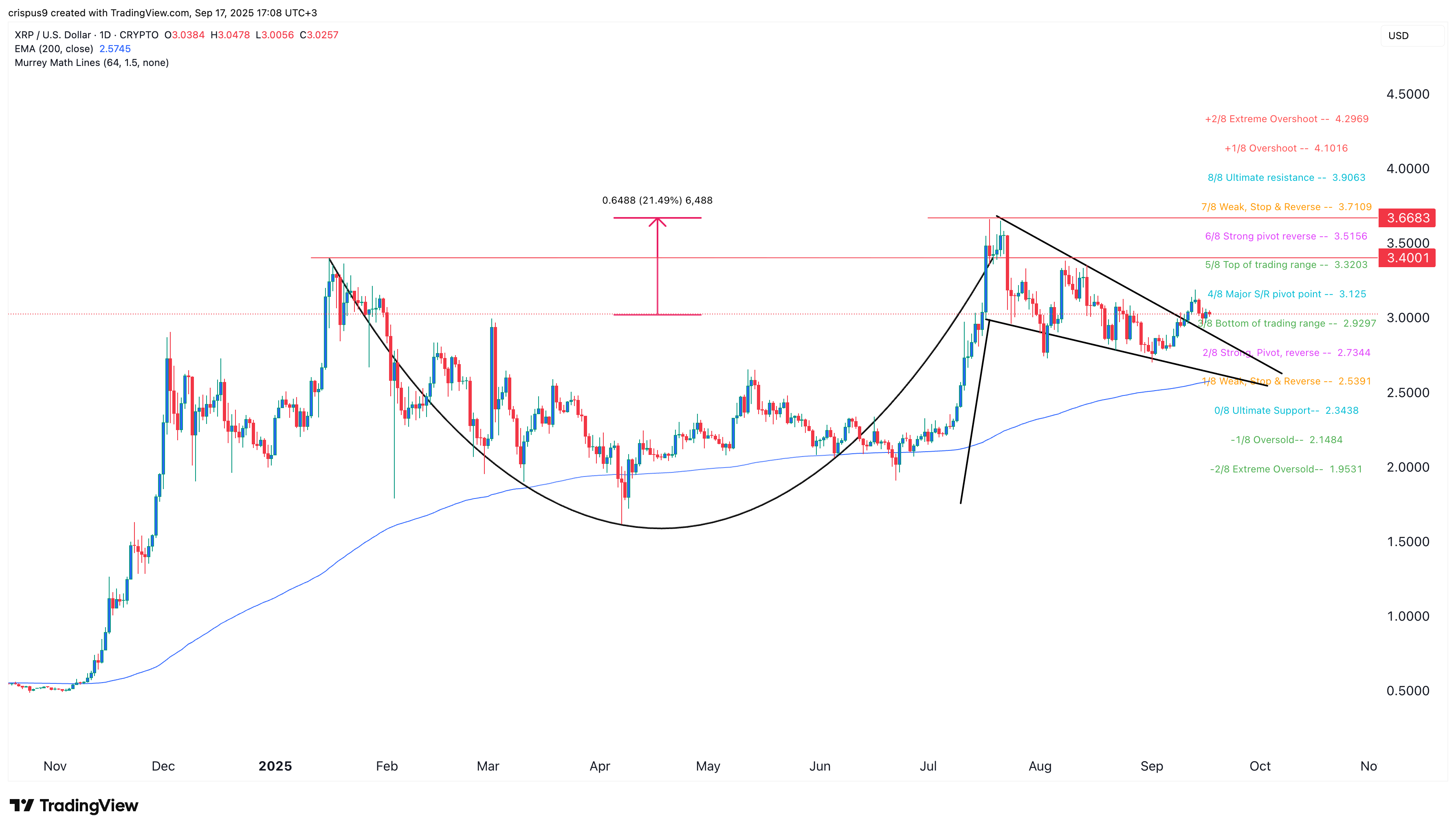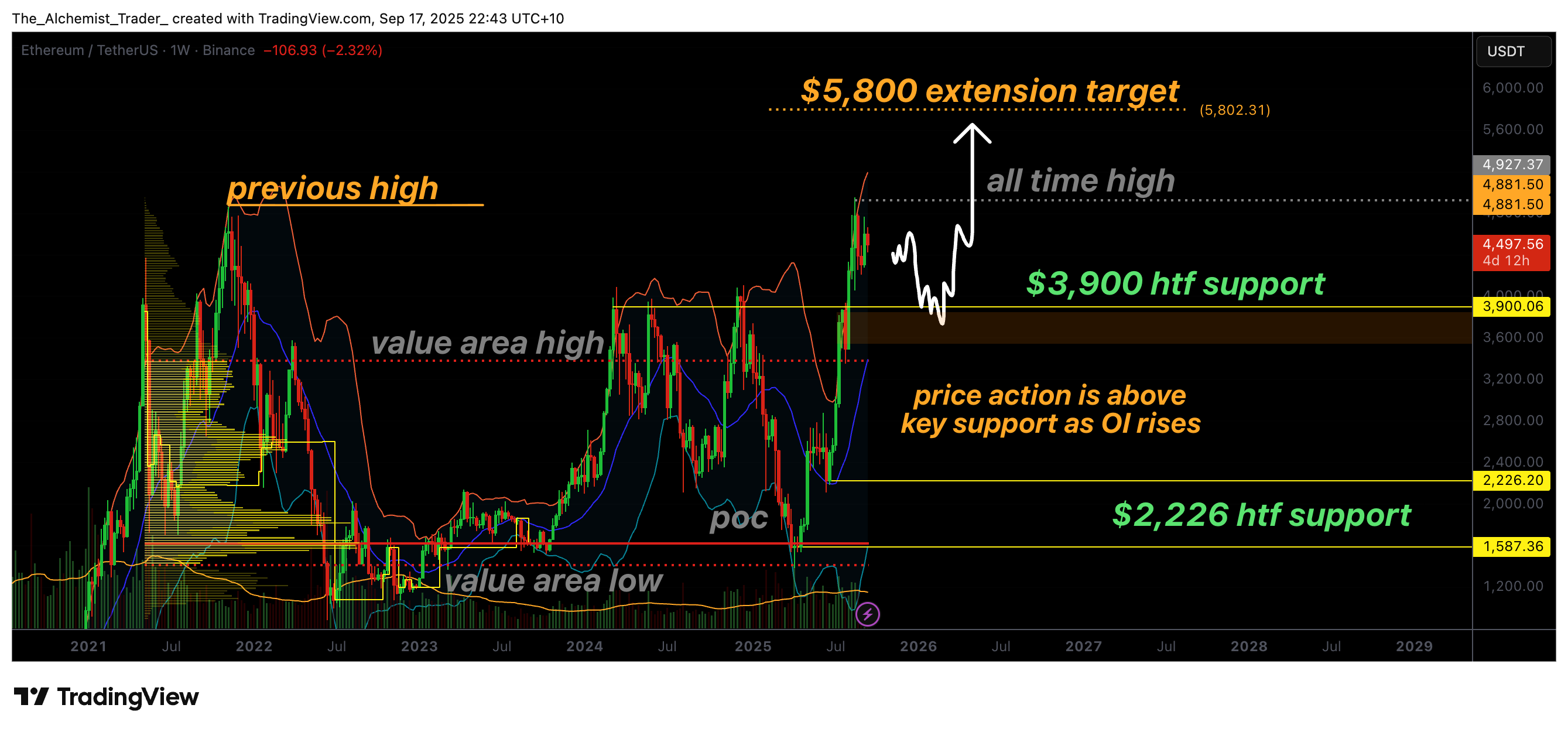The path to creating seamless cross-layer interactions

Disclosure: The views and opinions expressed here belong solely to the author and do not represent the views and opinions of crypto.news’ editorial.
The world of decentralized computing stands at a critical juncture. Chain diversity, while impressive, has presented users and developers with a fractured world of options that are not as scalable or dependable as they need to be in order to support the next generation of applications.
While L2 solutions have driven significant progress in addressing scalability issues, they are nothing more than a plaster that has inadvertently created yet another fractured ecosystem of siloed chains. This paradox of innovation presents a unique challenge—how do we harness the benefits of diverse execution environments while ensuring seamless interoperability?
A more interconnected future
Currently, users and developers face a myriad of challenges when interacting across different chains. Creating quality UX in web3 is difficult to begin with. Token transfers between layers are often complicated, time-consuming, and risky. Developers struggle with fragmented environments, each with its own set of tools and protocols. Users encounter friction after friction when navigating multiple chains, with inconsistent wallet support and user interfaces.
However, emerging solutions offer hope for a more interconnected future. The implementation of replayable messages and ZK-SNARKs in cross-chain communication is paving the way for more efficient interactions. Developers are working on standardized protocols—akin to HTML or RESTful API—for asset and data transfer between chains, significantly streamlining cross-chain operations.
Enhanced liquidity across the L2 landscape could lead to more efficient markets and better capital utilization. Developers would benefit from a more unified environment, spurring increased innovation. For users, reduced friction when interacting with multiple L2s could drive wider adoption of decentralized applications.
The progress being made in implementing cross-layer infrastructure in the Ethereum (ETH) ecosystem has been positive, but it is not enough for this to just occur on one chain. In order for decentralized computing to replace current centralized models, they need to be failsafe enough to support mission-critical systems.
Cross-chain interoperability
Looking ahead, the future of cross-chain interoperability is promising. We’re moving towards a world where different execution environments can seamlessly integrate, creating a more robust and versatile blockchain ecosystem. This vision extends beyond Ethereum, encompassing the entire realm of decentralized computing.
Cross-chain solutions will be the foundation of the next generation of dApps. It’s crucial to recognize that interoperable multichain infrastructure isn’t just a nice-to-have—it’s essential infrastructure for the future of decentralized computing.
Consider how TCP/IP revolutionized data transmission by providing a standardized protocol for packet switching and routing. Similarly, cross-chain solutions aim to standardize the way different blockchain networks communicate and exchange information and value. This standardization is crucial for creating an interoperable ecosystem where assets and data can flow freely between chains, regardless of their underlying architecture or consensus mechanisms.
HTML, on the other hand, provided a universal language for structuring and presenting content on the World Wide Web. In the realm of decentralized computing, we’re witnessing the emergence of similar standards for smart contract interactions and data representation across chains. These standards will enable developers to create applications that can operate across multiple blockchain environments, much like how web applications can run on any browser that supports HTML.
If every platform could speak the same language, developers and builders could build bigger, faster, and beyond the limits of what they previously thought possible. Just as networks become more powerful with each new participant, the greater blockchain ecosystem also follows the Power Law, where each new connection multiplies the system’s potential.
Just as TCP/IP and HTML formed the backbone of the internet, cross-chain solutions will form the foundation upon which the next generation of decentralized applications are built.
Web2’s journey, from static websites and walled gardens to dynamic and globally accessible applications, parallels our current inflection point in the blockchain space. We’re moving from siloed chains to an interconnected ecosystem that can support mission-critical systems with the full power of decentralized computing.
L2 solutions, while valuable, will ultimately fall short in achieving this goal. True resilience and sustainability in decentralized applications will come from leveraging the diversity of the entire blockchain landscape, not relying on a single chain or scaling solution.
As we move forward, it’s imperative that we focus on building infrastructure that enables seamless coordination among decentralized computing networks. This approach will not only solve current challenges but also unlock new possibilities for innovation and growth in the blockchain space.
The path to creating seamless cross-layer interactions may be complex, but it’s an odyssey we must undertake. The future of decentralized computing depends on our ability to bridge the gaps between chains and the web2 world, creating a truly interconnected and resilient ecosystem.




